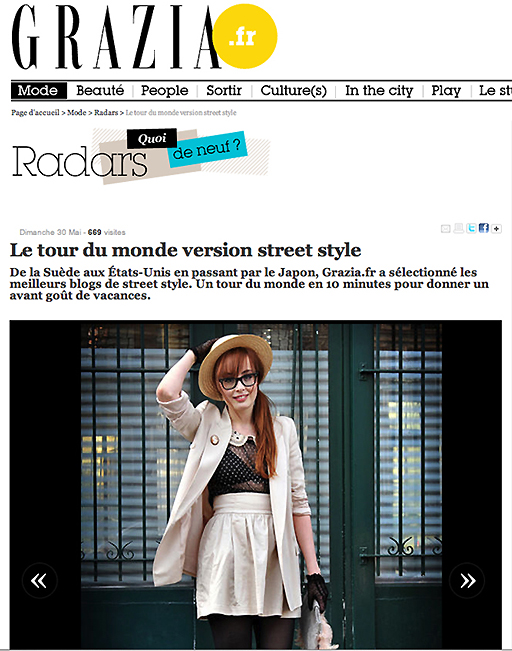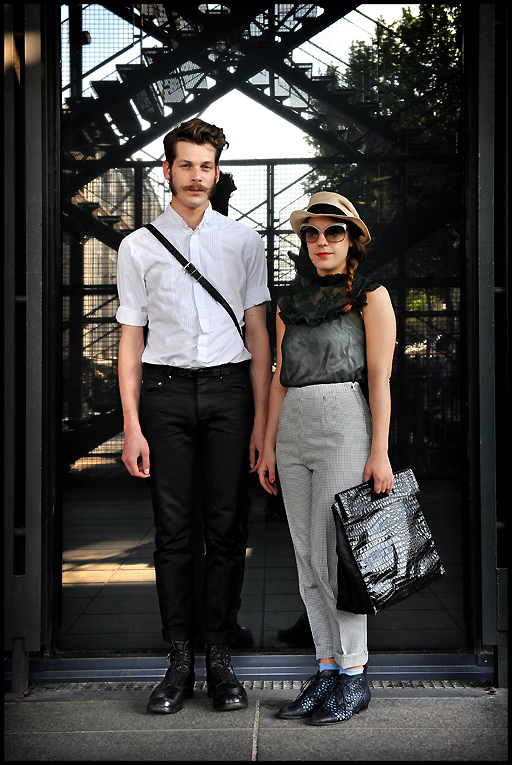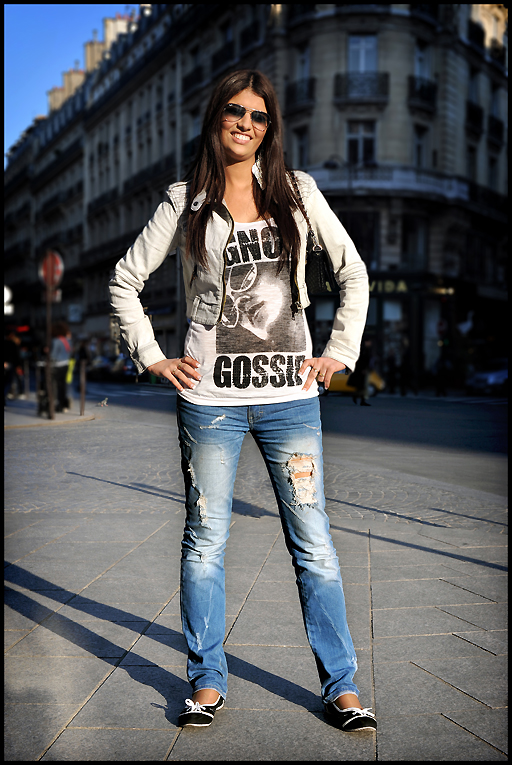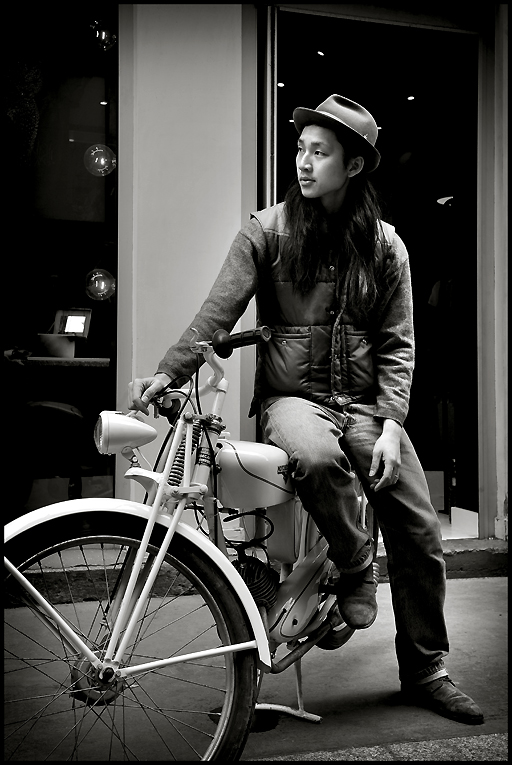
Lee Pycroft is introducing us in this video to her very own Makeup Artist Portfolio as well as offering insights on presentation and thoughts to consider when choosing your images. She has worked as a makeup artist in the beauty and entertainment industry for over 15 years and counts numerous high-profile celebrities among her clients. She has worked for titles from British Vogue, Glamour, Marie Clarie, Instyle, Tatler, Grazia and Vanity Fair formulating directional fashion looks and is regularly quoted in the media for her opinions on makeup techniques and styles. Celebrities, Sienna Miller, Diane Krugar, Elle MacPherson and Naomi Watts, and Jessica Biel are just some of the faces Lee has worked with creating Red Carpet looks and magazine shoots.
Some of the images from her portfolio:
After finishing my professional training in Fashion Photography Makeup I started testing (working free of charge) with an array of photographers in order to build my portfolio. Back then I wish I had had a makeup artist mentor to guide me on how to put my first portfolio book together.
Whilst most of my portfolio consists of published beauty and fashion editorials I have also included the occasional image from tests, where I have been able to experiment with makeup applications and added looks I felt I was missing in order to get more contracts.
Till this day I test with skilled and talented photographers, agency represented models and inspiring stylists in order to keep my portfolio fresh, on trend and creatively interesting and surprising. Having once overheard a very famous photographer say “the moment you stop testing you lose your true soul and creative depth as a photographer” I shall always make room for creative tests that will add value to my portfolio.
There are some standard sizes in the fashion industry for portfolios. Hair, Makeup and Fashion Stylists usually use 9”x12” or 11”x14” pages and photographers often use 11”x14” or 14”x17”. This requires special books designed for the industry and an extra cost to have photo labs print to these special size, so it's expensive.
My portfolio is a standard 11”x14” in black leather with my company name and website embossed in silver on the cover from House of Portfolios in New York (they ship to Dubai). The black sleeves of my portfolio are removable as I do replace them from time to time to keep them looking clean and professional without any scratches.
Images which I have received in digital form from Photographers and Editors I resize/crop using Photoshop to fit in my book in order to then have them printed at ProLab in Al Quoz.
Following are a couple of Do’s and Dont’s I have learnt over the years from fellow makeup artists or agencies I have dealt with.
DO’s
- Pick only your very best photos, if you think something is only so-so good don’t put it in your portfolio. You will be judged by your worst image.
- Place your very best image in the front and the second best image at the end (if possible), i.e. make a first and last strong impression.
- Have a surprise image every now and then to keep viewers alert and awake.
- Develop a good flow to your portfolio order (like a well told story).
- Images should fit the entire sleeve and be the same size, the only exception to this will be your tear sheets (your work carefully cut out of a magazine).
- If you have "editorial-stories" consider an even number of pictures (2, 4, 6 etc.), so that these pages can be shown facing each other to keep the flow.
- Two images facing each other should look good together ... consider color, lighting, subject matter and mood.
- Consider more than one portfolio ... I have one fashion/beauty/editorial portfolio and another that is commercial/lifestyle. I have both types of clients and they each like to see work that relates to what they are doing. Too many types of work in one portfolio, may put a client off. It's up to you to decide what works in your market. For instance, having a really high fashion/editorial portfolio might not get you any work with people who shoot Hotel or DIY shop advertisements, but if you have a strong portfolio showing that you can do their type of makeup then they would be more likely to consider you for work, eliminating the fear of you overdoing everything and not staying consistent with their image.
DONT’s
- Don’t split editorials apart trying to make it look as though you have had more editorials published than true. You are most likely showing your portfolio to skilled professionals, they can spot such cheats.
- Don’t pick an image that demonstrates your makeup great but is otherwise a poor photo, pick only images that are overall great, viewers will judge you on the image overall not only on your makeup. Most people cannot separate your good work from something negative about the image.
- Don’t leave empty pages, remove any extra empty sleeves
- Don’t put any images sideways, all images should face the viewer. Have horizontal shots blown up to fit across two pages like a magazine centerfold if the fold does not fall across a face, or have it printed vertically with a white or black border across the top and bottom.
Please feel free to add any portfolio advice in the “comments” section, I would love to hear your Do's and Dont's or any other advice you have.
Video and Photo Credit: www.my-management.co.uk
 By the looks of it, sheer fabrics and lace aren't going anywhere for now. That cape is pretty awesome, isn't it? Finally, I think you'll recognize that last dress; Zoe Saldana wore it.
By the looks of it, sheer fabrics and lace aren't going anywhere for now. That cape is pretty awesome, isn't it? Finally, I think you'll recognize that last dress; Zoe Saldana wore it.
 Here, we have a full moon... not the kind that involves dropping your pants. But anyway, back to the dress. The neck part seems kind of uncomfortable, but this is definitely an attention-grabber. Definitely the classic type of couture.
Here, we have a full moon... not the kind that involves dropping your pants. But anyway, back to the dress. The neck part seems kind of uncomfortable, but this is definitely an attention-grabber. Definitely the classic type of couture. The last outfit is, I think, one of the more clever interpretations of the moon theme. In the suit jacket, you get just a sliver of silver -- say that three times fast -- representing the crescent moon, which is echoed softly directly below in the skirt. You wouldn't necessarily think it had anything to do with the moon if you saw it alone, but in either context (inside the collection, or standing alone), it's still beautiful, classic, and quite wearable.
The last outfit is, I think, one of the more clever interpretations of the moon theme. In the suit jacket, you get just a sliver of silver -- say that three times fast -- representing the crescent moon, which is echoed softly directly below in the skirt. You wouldn't necessarily think it had anything to do with the moon if you saw it alone, but in either context (inside the collection, or standing alone), it's still beautiful, classic, and quite wearable. And finally, we come to Alexis Mabille, who... decided to dress Two-Face's wife?? Jokes aside, it actually looks pretty cool. Would you ever consider mismatching your shoes like they did here? I suppose I would, if the shoes looked similar and the colors actually went with my outfit... It's hard to pull this look off without looking like a clown, don't you think?
And finally, we come to Alexis Mabille, who... decided to dress Two-Face's wife?? Jokes aside, it actually looks pretty cool. Would you ever consider mismatching your shoes like they did here? I suppose I would, if the shoes looked similar and the colors actually went with my outfit... It's hard to pull this look off without looking like a clown, don't you think?











































